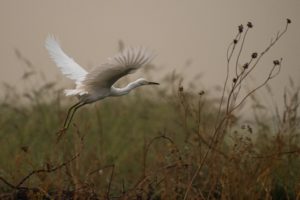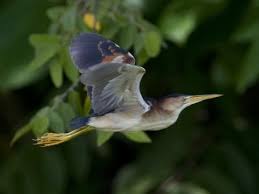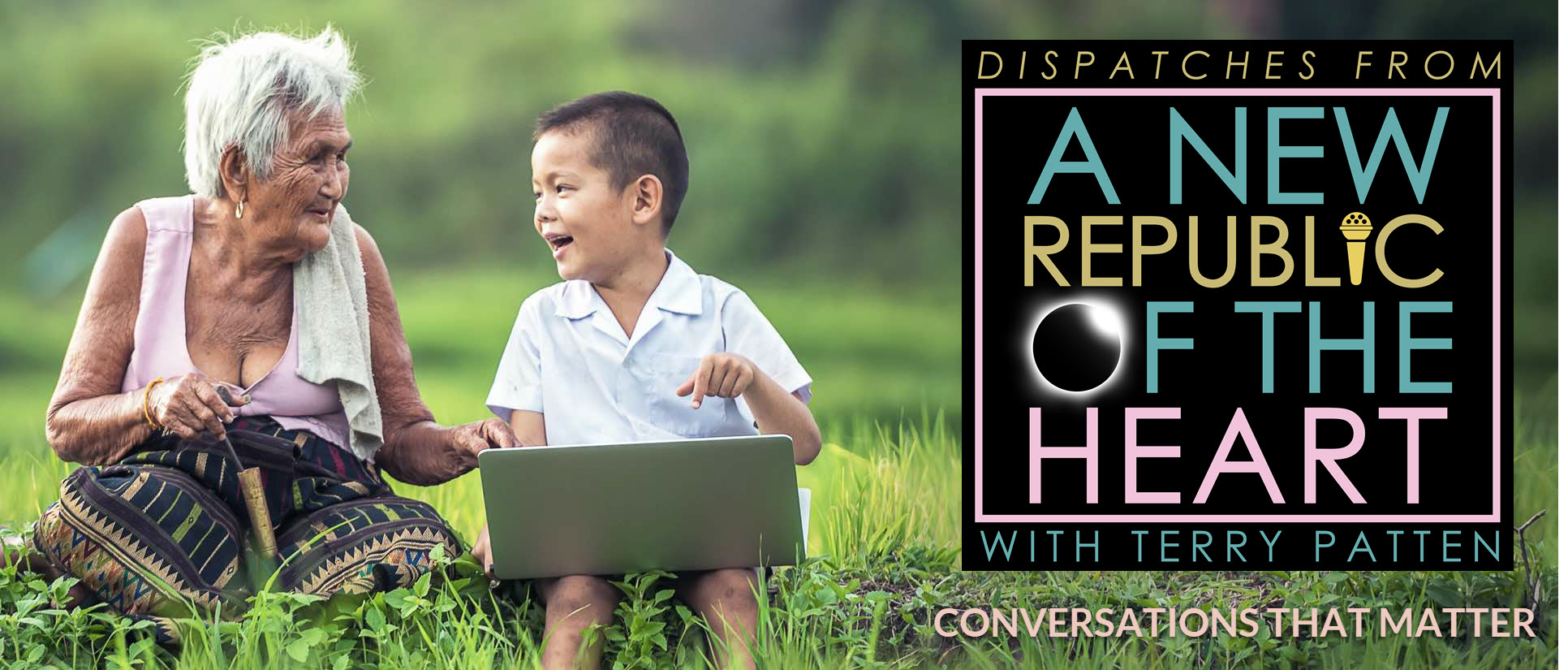As the end of summer approached, I felt a strong urge to consciously create the conditions for grasping the sacred from a new perspective. Near my home along the Hudson River, in New York, there is a small nature preserve known as Oscawana Island that seemed to beckon me for this purpose. I decided to go there with the intention of exploring the far end of the preserve’s hilly southwesterly trail. In previous visits, I stayed on the northeastern side where the trail is flat, and a number of inlets are friendly to folks who go there to fish and picnic. I was somewhat hesitant to go to a remote area alone, but solitude seemed integral to my overall purpose. I imagined myself sitting, looking out into the river, seeing it from a new angle.
I felt great starting out; the day was extraordinary. The scenery was gorgeous. I climbed to the highest point on the island. From there I planned to descend to the far edge and find a perch to rest on and enjoy the view, attending to whatever might arise within me. However, as I started down, the trail was completely blocked by a large tree that was uprooted, most likely in a fierce and uncharacteristic storm that had recently struck the area. Disappointed, I turned back. Then I went off the main trail to see if I could spot another place that would support my endeavor. Along with more fallen old growth trees blocking possible routes, I found an old brick fireplace and, unfortunately, a great deal of trash that had accumulated over time. This was discouraging for me. I had no way to clear the area, but I committed to returning to do so, equipped with gloves, trash bags and, given the pandemic, disinfectant. Then, as I once again retraced my steps, I noticed trash along both sides of the trail. I started to wonder if my hoped-for encounter with the sacred would unfold in a way quite different from what I had anticipated; cleaning as opposed to sitting.
I headed back to the area that I know well, thinking that I might find there a new point of focus. This is exactly what happened. I knew there were marshes there, but that day, in the morning sunlight, they were stunning. I stood near the place where the Jamawisis River, descending from the mainland hills, flows into the Hudson. I was completely caught up in the scene before me. After some time, just as I thought about leaving the area, a single white egret arose from the marshes and flew overhead. Beautiful!
I felt grateful for the complexity of my morning experiences, the disappointment, the longing, and the beauty.
Returning home, I decided to follow up by doing several things. One is I wanted to return to the island soon and clear whatever trash I could manage. I also wanted to find out what I could about the marshlands. Learning about them seemed important because the river had been extremely polluted by industrial and other contaminants in decades past. It was common knowledge that these contaminants migrated in the sediment and were found everywhere within the river. I belong to a group that works for the well-being of the Hudson River Valley Bioregion; we had long advocated for polluters’ taking responsibility for cleaning the river. In addition, I wanted to think through my whole experience: the trash, the people I saw fishing, the now healthy-looking marshlands, the wildlife, and the fallen trees.
I have seen pairs of American Bald Eagles near Oscawana in winter, but I wondered what bird is most common in summer. Researching, I found that a tiny, elusive heron, named the least bittern, comes to the marshes in June and remains until early September. This exquisite creature is seldom seen. It lives among the reeds, occasionally flying low just above them until it migrates south in the fall. I wondered if I would be able to spot one or hear its cooing sound.
I looked for updated material regarding the river decontamination work. This decades-long effort has moved the river in a healthy direction, doubtlessly accounting for the marshlands’ flourishing appearance and capacity for spawning river life. However, according to what I read, contaminants remain in the sediment affecting the fish and other river creatures. It is still dangerous for people to consume them. I am not surprised by this, but I feel sad when I think of the people I see fishing. I have the sense that they are poor and are fishing because they need the food, not because they enjoy the sport. I wonder if they and their families will face health consequences in the future. I connect this sense to my growing concern about racism and the marginalization of people who struggle unduly to meet their basic needs.
I decided to return to Oscawana immediately to remove trash from the place where I originally saw it. My major concern was to keep the trash from winding up in the river. I worked in the Philippines for many years starting in 1990. By then, all 40 of the rivers of the greater Manila area were biologically dead and the shoreline along the South China Sea was regularly attacked by Red Tide. I know what happens when trash and toxins slip into the rivers and into the sea and how hard it is to recover from this and to regenerate life.
I gathered the things I would need for removing the trash and put on my tee shirt from Repairers of the Breach, which seemed to suit the occasion. At the island, I climbed up to the fireplace and cleaned up all the trash I could reach. I filled a large black trash bag and lugged it to a trash can. But there was still plenty more scattered around so I returned again after a couple of days and cleaned up as much as I could. Then, just as I finished for the day and was leaving the area, I saw a least bittern. First, I heard it cooing and then it flew out of the reeds close to the ground right in front of me along the trail. I felt overjoyed!
This experience contributed to my decision to take on as a personal project tending the island, keeping it clean and protecting the river. Ultimately, this has become a commitment to the Earth and to her waters. It is my ongoing encounter with the sacred and my offering to all who come to the island, especially poor and marginalized people.
As I mentioned earlier, I found quite a few trees that were downed by the recent storm. The storm was brief, lasting only one hour, yet terrible. While its ferocity cannot be attributed to climate change, it raises questions about all that we have done to destabilize the climate causing extreme weather to be more likely. This particular storm interrupted traffic signals, and cut off computers in grocery stores. Huge amounts of food were lost. The phones were down as well as the internet and television. Tragically, this was mild compared to the current situation on the West Coast where fires are raging, causing horror and total devastation, completely disrupting modern life on a gigantic scale. Truly apocalyptic!
I am always drawn to authentic expressions of spiritual insight, especially those that illuminate our current social quandaries and civilizational thrusts. It is not surprising therefore, that I found the State of Emergence podcast by Terry Patten with Jim Garrison gripping. This was true when I first listened to it and all the more so now in view of the calamitous situation created by the fires and their far-flung consequences now enfolding a huge swath of the Planet in their enormous clouds of smoke. I wish I could continue to believe that sanity and goodness will prevail in time to save modern civilization, but now I think it likely that we have passed the tipping point. I grieve for everyone and especially for those who have not been part of the unsustainable forces unleashed by our society, but who now suffer the consequences of its breakdown. Jim Garrison calls it widespread internal human evil, pointing out that from time immemorial religious and mystical traditions and seers have warned that catastrophe, in the form of breakdown and eruption in the Earth’s natural systems, follows unrepented abuse and deviation from moral and spiritual insight. Not only is the Earth itself suffering frightening deterioration, but this same deterioration has rapidly attacked the human species throughout the world in the form of the pandemic.
I was taken with Terry Patten’s references to the wisdom of Native Americans, particularly because of my recent experience at Oscawana Island, which still bears an indigenous name. How apt to take into deepest account the age-old teaching that all human endeavor must be guided by Earth’s capacity for renewal and regeneration. I feel drawn to see if I can promote this understanding among those who visit the island. To do this I need to be aligned personally with its wisdom in choosing to live simply and non-intrusively on the Earth, to be certain that I am eating correctly, keeping myself healthy through correct breathing and movement, and day by day attending to my inner life.
I think the future may well be grim and I agree that there will be no return to normal. Perhaps cruel catastrophes lie ahead. Nevertheless, I am grateful that I have discovered a small way to be of benefit to the Earth and to other folks. I believe with Jim and Terry that we are called to make choices that are for the larger good and that every individual choice now carries the fate of the Universe. I sense too that our individual efforts and contributions tap into and enhance spiritual energy, a force of and for the whole living Earth.
Definitively, Oscawana Island has taken me to an encounter with the sacred.




0 Comments